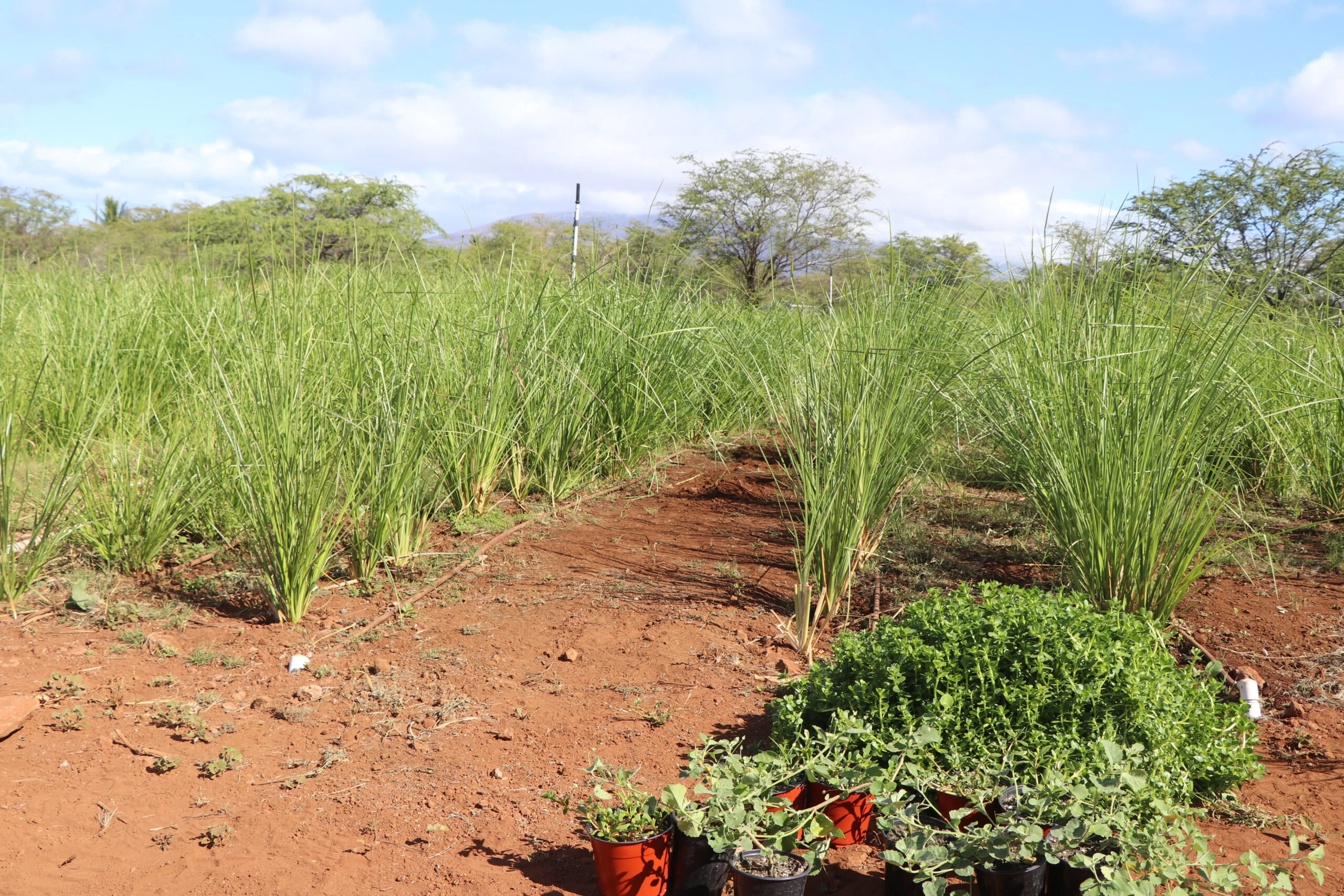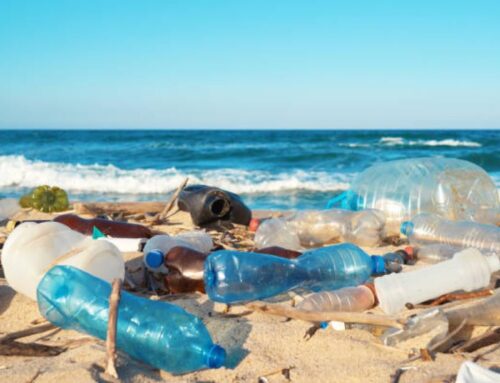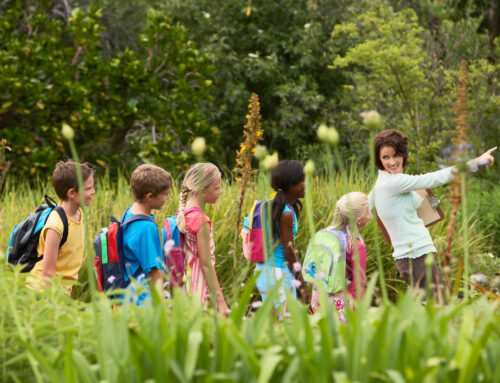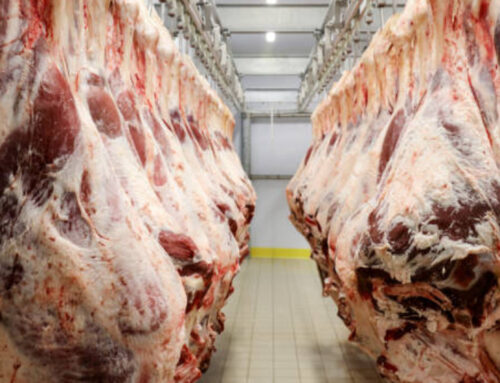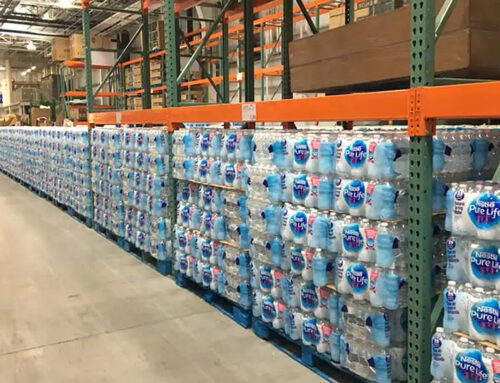Nature-based pilot projects are growing on the island of Maui to address one of the island’s dirtiest problems. A special type of deep-rooted grass, a filtration system similar to a Brita water filter and a shallow basin lined with vegetation could safely dispose of the island’s wastewater. Test farms like this one could help solve a global problem regarding human waste. The scale of the world’s human waste problem is vast, impacting human health, coastal and terrestrial ecosystems, and even climate change.
Maui County has an excess of R-1 wastewater — the highest quality of recycled water — especially with the return of tourism, said Paul Sturm, founder and executive director of the nonprofit Ridge to Reefs.
This wastewater must be disposed of or reused, but historically has been injected into the ground, impacting coral reefs and surrounding marine ecosystems. Of the treated wastewater generated at just one of the island’s wastewater reclamation facilities, about 2 million gallons are currently injected into wells per day, Sturm said.
“We’ve been thinking about this problem for a while because of how important it is and its potential impact and its past impact on coastal waters,” said Sturm, who has more than 25 years of experience with watershed work. “We tried to come up with nature-based ways to deal with the additional effluent that’s being generated at essentially three wastewater plants in Maui.”
Ridge to Reefs is partnering with Sunshine Vetiver Solutions on three strategies for purifying the wastewater — planting vetiver grass and native plants, using bioreactor and filtration technology and testing a modified soil aquifer treatment basin.
Although efforts have been made to improve the disposal of wastewater, Sturm and his team saw an opportunity to step in. The nonprofit is receiving funding from the National Fish and Wildlife Foundation to pilot test the three low-cost, low maintenance and low-energy systems in South Maui.
All the projects will be constructed on a small scale at the same South Maui site to determine the estimated costs, land area and maintenance required to accomplish large-scale goals, like treating 3 to 5 million gallons of wastewater a day, Sturm said.
One of the three projects — the use of vetiver grass — is already underway on a half-acre leased from Haleakala Ranch next to the Kihei Wastewater Reclamation Facility.
According to John Astilla, owner of Sunshine Vetiver Solutions, the long-living and noninvasive vetiver grass can grow roots up to 12 feet into the ground and is efficient at absorbing and removing phosphorus, nitrogen and other nutrients and pollutants that come out of Kihei’s wastewater plant before they reach the ocean.
“It’s truly unique in that it can quickly reduce the amount of nutrients,” he said Wednesday night. “And another benefit with such a dense root system is that it has the ability to bind heavy metals and pharmaceuticals that other filtration processes might miss.”
Vetiver grass is commonly used for erosion control and to reduce sediment flow into streams, but will now be tested for the first time in Hawaii as a way to treat wastewater, he added.
Used in Hawaii for more than 30 years, vetiver grass consumes water and nutrients year-round, unlike other crops or grasses.
The vetiver project resembles a garden, and a similar system can be quickly installed, Astilla said. The site uses a combination of irrigation and drip sprinklers, which “allows us to quickly ramp up the amount of water that can be applied to the reuse site, or if demand is high from other recycled users, we can scale down quickly.”
In April, the vetiver patch used 140,000 gallons of wastewater; an acre of vetiver can process about 11,000 to 12,000 gallons per day. Astilla said that about 100 acres would be needed to dispose of Maui’s current excess R-1 water.
“The plants are only two to three months old and already they are consuming and using up the high end of what we modeled,” he added. “By the time this grass matures, we’re hoping to double or triple the amount of water that can be reused on this small site.”
Erosion control can also be combined with wastewater treatment on land where vetiver is planted, which would save space and also help to “quickly ramp up the county’s goal of 100 percent reuse as well as preventing land-based pollutants from entering our waterways and reaching the coast,” Astilla said.
The second pilot project involves a “denitrifying bioreactor” and filtration system that’s comparable to a home Brita water filter, Sturm said. It removes nitrogen and nitrogen compounds and has the potential to purify the wastewater to drinking water standards and for reuse in agricultural purposes or for safe injection.
The project requires digging a trench and filling it with wood chips and sand, which serve as fuel for bacteria to break down contaminants in the flowing water. A similar model was built by Ridge to Reefs at Kaanapali Golf Course and reduced nitrogen and phosphorus by 50 percent after it was installed.
Ridge to Reefs has installed similar systems in Maryland, Virginia, Puerto Rico, Palau and American Samoa.
Another benefit is that the wood chips are often resourced from invasive species, and if sand is not available, Sturm said that they can use other natural alternatives found on island, like basalt, that would be just as effective.
The second stage of the system includes biochar and sand to improve water quality by reducing pharmaceuticals, Sturm said.
“I think some people are nervous about using R-1 water for agriculture, particularly on things like lettuce and food crops,” he said. “I think that what we would like to see with the denitrifying bioreactor is to treat that water almost to a drinking water standard using nature-based principles and then having that available for agriculture and other uses.”
The third proposed project is to test a modified soil aquifer treatment basin that disposes of wastewater and protects groundwater and surface water. These types of basins typically don’t include vegetation, and data shows they still allow a “fair amount of nutrients into the groundwater, especially nitrate.”
So, Sturm said that the project team will “amp up” the system by constructing a shallow basin combined with vetiver and biochar to filter and clean the wastewater of pollutants before it passes into the groundwater.
“We would be preserving the volume of water,” he said. “We wouldn’t be reducing the volume very much, but that water would then be available for farmers or others that need it, particularly in West Maui where there is a water shortage.”
While the vetiver patch is already a couple of months old, both the soil aquifer treatment basin and bioreactor will be constructed this summer. All projects will be monitored for at least 12 months.
The University of Hawaii Maui College, the Maui Nui Marine Resource Council and Sunshine Vetiver Solutions will be helping Ridge to Reefs with monitoring and analysis of the three projects.
They hope to determine the overall ability and effectiveness of the vetiver grass in uptaking processed wastewater without impacting the aquifer, the abilities of the bioreactors in purifying excess wastewater for reuse and meeting nutrient objectives and the potential of the modified soil aquifer treatment basin in improving quality of treated discharge while maintaining the volume of water.
Analysis will be reported back to the county and state.
“The ability of these nature-based practices to work in Kihei is really strong, the same with West Maui and with Kahului,” Sturm said. “All these practices work really well in this type of environment.”
Ridge to Reefs is a nonprofit formed in 2011 to help protect and restore coastal and coral reef ecosystems by reducing land-to-sea pollution with green infrastructure. To learn more, visit www.ridgetoreefs.org.
Originally reported by Dakota Grossman for the Maui News.
Lorem Ipsum is simply dummy text of the printing and typesetting industry. Lorem Ipsum has been the industry’s standard dummy text ever since the 1500s, when an unknown printer took a galley of type and scrambled it to make a type specimen book.
Contrary to popular belief, Lorem Ipsum is not simply random text. It has roots in a piece of classical Latin literature from 45 BC, making it over 2000 years old. Richard McClintock, a Latin professor at Hampden-Sydney College in Virginia, looked up one of the more obscure Latin words, consectetur, from a Lorem Ipsum passage, and going through the cites of the word in classical literature, discovered the undoubtable source.
This Post Was Built With Fusion Page Builder!
Lorem Ipsum comes from sections 1.10.32 and 1.10.33 of “de Finibus Bonorum et Malorum” (The Extremes of Good and Evil) by Cicero, written in 45 BC. This book is a treatise on the theory of ethics, very popular during the Renaissance. The first line of Lorem Ipsum, “Lorem ipsum dolor sit amet..”, comes from a line in section 1.10.32.
There are many variations of passages of Lorem Ipsum available, but the majority have suffered alteration in some form, by injected humour, or randomised words which don’t look even slightly believable. If you are going to use a passage of Lorem Ipsum, you need to be sure there isn’t anything embarrassing hidden in the middle of text. All the Lorem Ipsum generators on the Internet tend to repeat predefined chunks as necessary, making this the first true generator on the Internet. It uses a dictionary of over 200 Latin words, combined with a handful of model sentence structures, to generate Lorem Ipsum which looks reasonable. The generated Lorem Ipsum is therefore always free from repetition, injected humour, or non-characteristic words etc.

